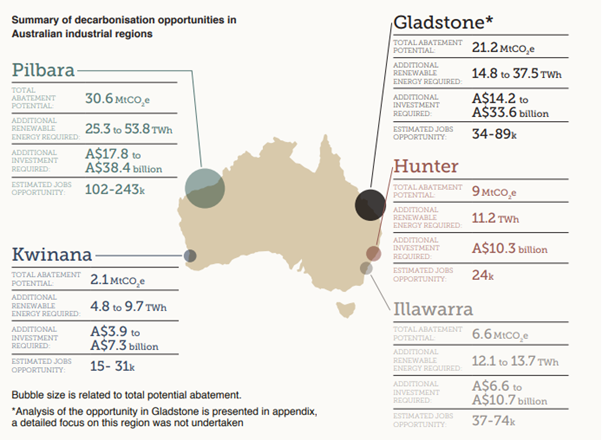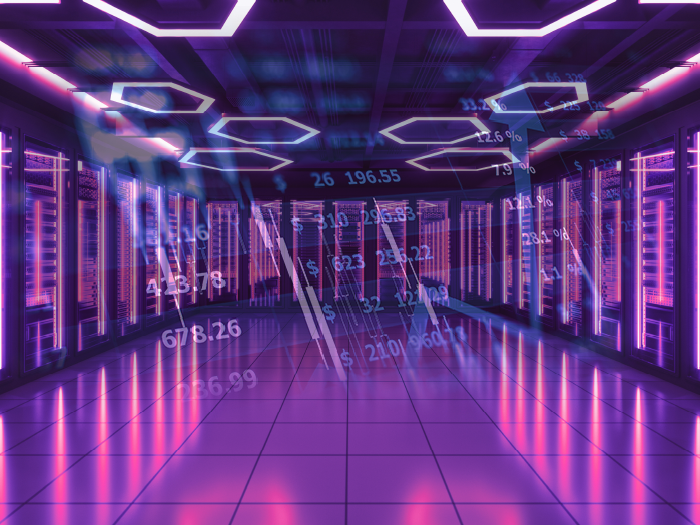Insights
better business decisions
Posted 3 years ago | 2 minute read

Heavy industries have potential to cut emissions by 80%
Bringing down emissions from the metals, chemicals and liquefied natural gas industries is seen as one of the most challenging parts of Australia’s efforts to reach net zero. But the transition is possible using a range of known technologies.
In its latest report the Australian Industry Energy Transitions Initiative (ETI) said major industrial regions – including the Pilbara, Kwinana, Hunter, Illawarra and Gladstone – have the natural resources, workforce and baseline infrastructure that can be expanded to support Australia’s net zero transition.
By introducing a range of technologies along the supply chain, the report shows it is possible for these five regions to achieve an 88% reduction in their current emissions, which together account for about one-eighth of Australia’s total emissions. This is the equivalent to 70 MtCO2e of abatement, or to removing all emissions from cars and light commercial vehicles across Australia.
Published on 20 June the Setting up industrial regions for net zero: Phase 2 report: A guide to decarbonisation opportunities in regional Australia report found that much of the effort to decarbonise would come from the supply of new renewable energy. Between 68.3TWh and 125.9TWh of additional renewable energy would be needed. Building the renewable energy infrastructure, including energy storage, and creating a green hydrogen industry to serve the regions could generate between 178,000 and 372,000 jobs.

Source: ETI
GridBeyond Managing Director Mark Davis said:
“The steps industries need to take to get to net zero are increasingly clear and while their costs and difficulties should not be underestimated, the current energy affordability crisis highlights the unsustainable cost of the status quo”.
“Australia’s heavy industries have significant potential to stay competitive in a decarbonised future, but this will require an unprecedented transformation of the energy system and coordinated efforts across industry, governments and communities. It will also need the alignment of policy, regulation and programs to create clear goals and investment confidence.
“At GridBeyond we use machine learning and AI-powered technologies, driven by data science, that enable I&C businesses to participate in a wide range of programmes for enhanced energy automation, insights and benchmarks, savings, revenues and sustainability.”

Australia Brochure Ai. Services
Using AI and Robotic Trading combined with the expertise of our trading experts and Data Scientists, GridBeyond’s Point Ai. Services open the door for your business to take your energy strategy from passive purchasing and consumption to active energy management and trading.
Learn more





